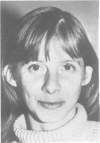Abstract
A mother and son are reported with chronic dacrocystitis, cup shaped ears, hearing loss, abnormal teeth, and poor formation of saliva and tears. They are similar to previously reported cases of lacrimo-auriculo-dento-digital (LADD) syndrome. The variability of expression of this autosomal dominant syndrome is discussed, and it is suggested that poor saliva and tear formation be added to the phenotype.
Full text
PDF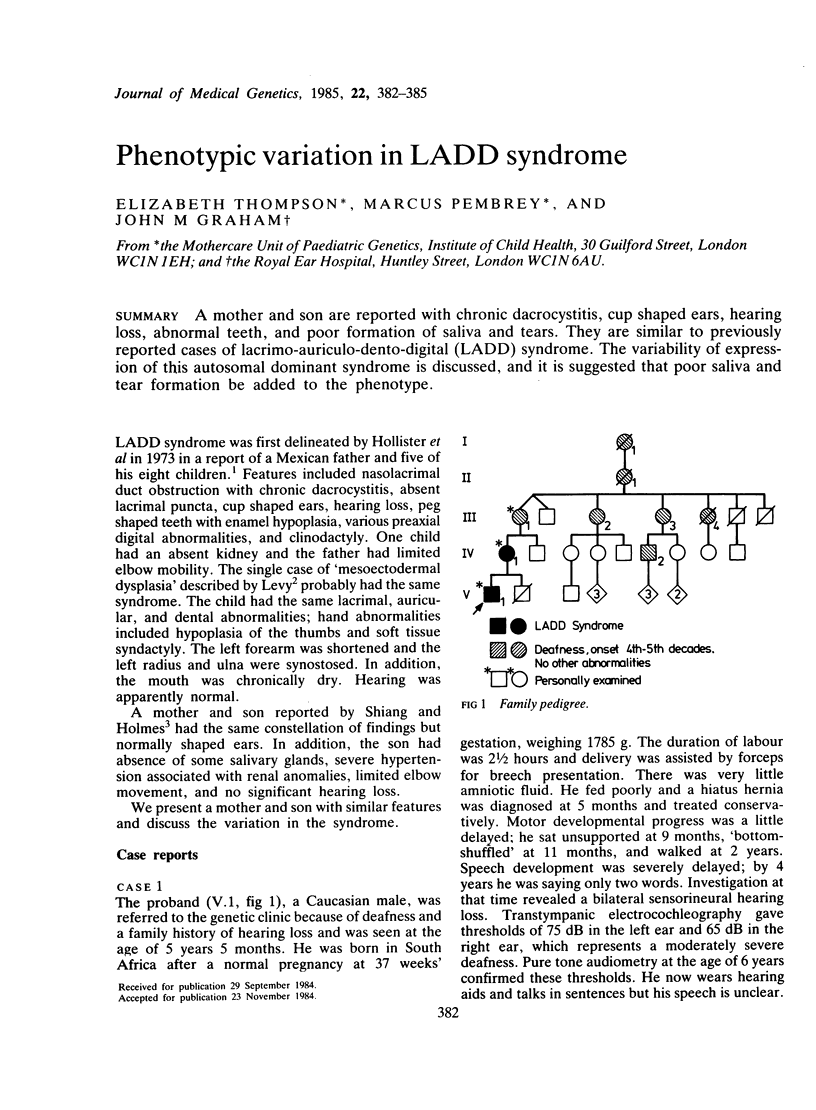
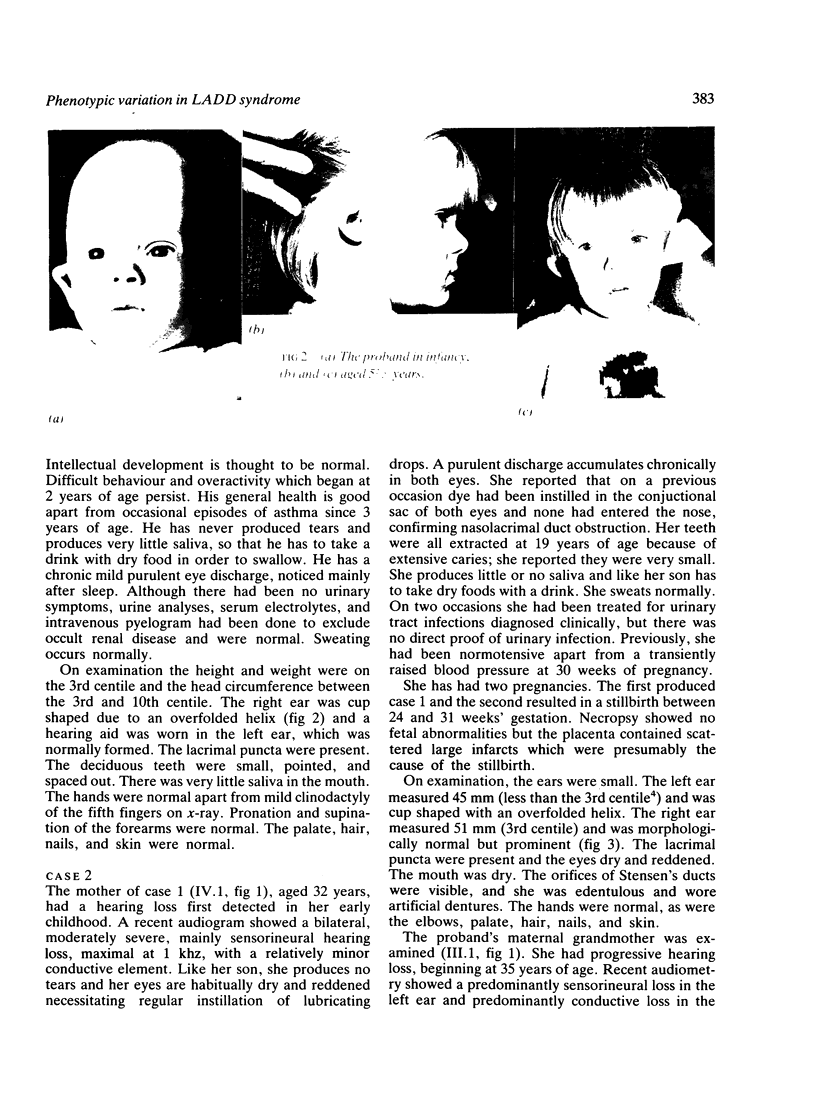
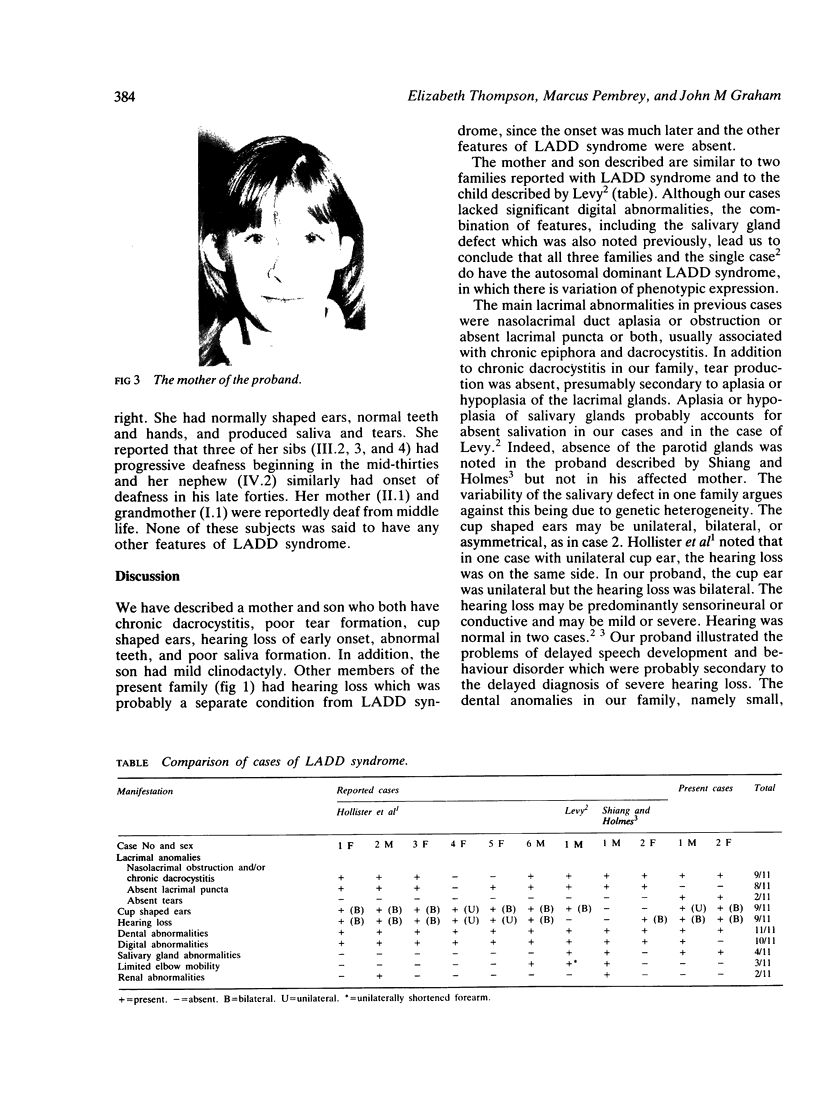
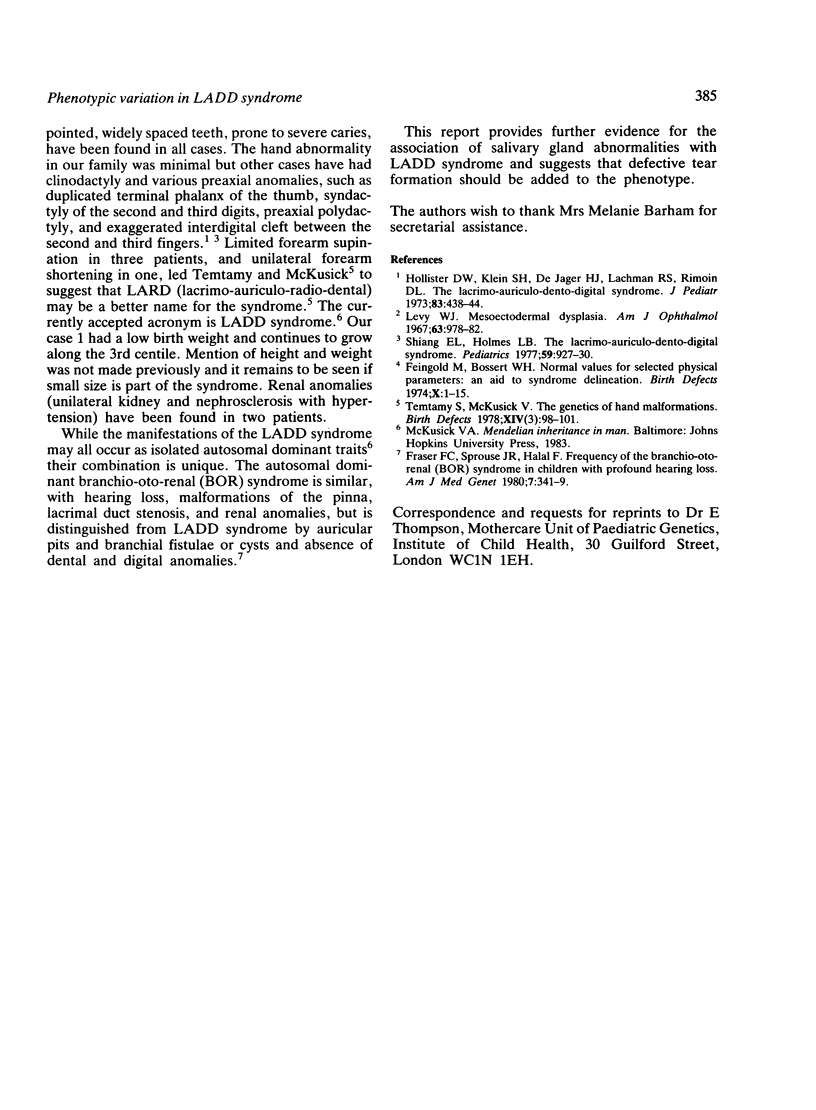
Images in this article
Selected References
These references are in PubMed. This may not be the complete list of references from this article.
- Feingold M., Bossert W. H. Normal values for selected physical parameters: an aid to syndrome delineation. Birth Defects Orig Artic Ser. 1974;10(13):1–16. [PubMed] [Google Scholar]
- Fraser F. C., Sproule J. R., Halal F. Frequency of the branchio-oto-renal (BOR) syndrome in children with profound hearing loss. Am J Med Genet. 1980;7(3):341–349. doi: 10.1002/ajmg.1320070316. [DOI] [PubMed] [Google Scholar]
- Hollister D. W., Klein S. H., De Jager H. J., Lachman R. S., Rimoin D. L. The lacrimo-auriculo-dento-digital syndrome. J Pediatr. 1973 Sep;83(3):438–444. doi: 10.1016/s0022-3476(73)80268-9. [DOI] [PubMed] [Google Scholar]
- Levy W. J. Mesoectodermal dysplasia. A new combination of anomalies. Am J Ophthalmol. 1967 May;63(5):978–982. doi: 10.1016/0002-9394(67)90043-8. [DOI] [PubMed] [Google Scholar]
- Shiang E. L., Holmes L. B. The lacrimo-auriculo-dento-digital syndrome. Pediatrics. 1977 Jun;59(6):927–930. [PubMed] [Google Scholar]




